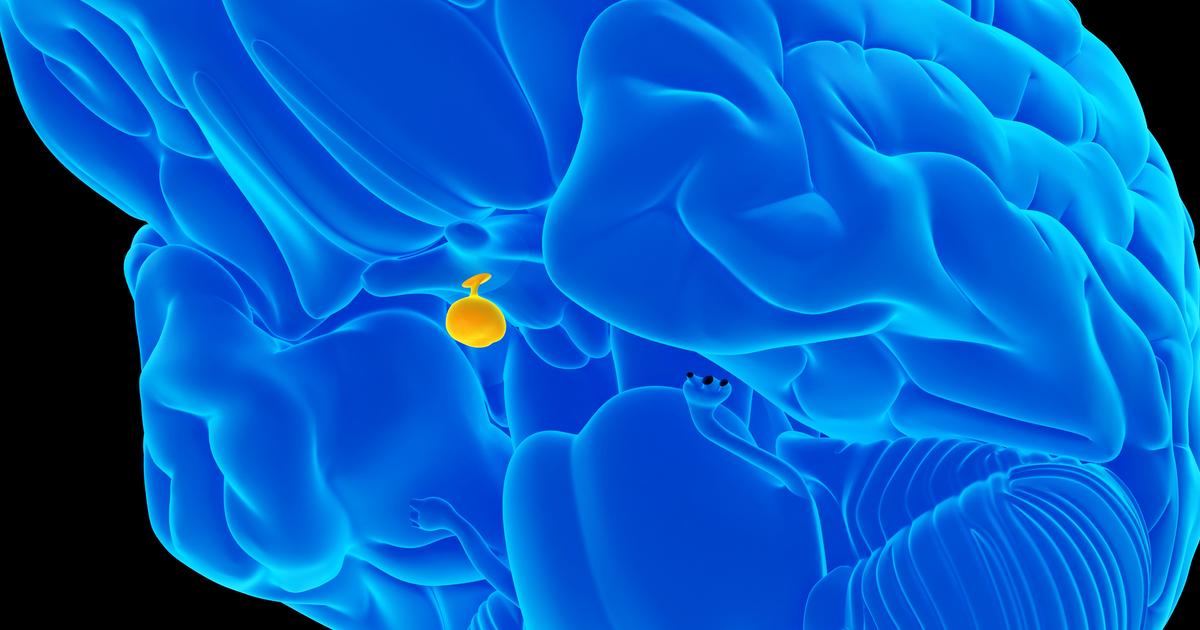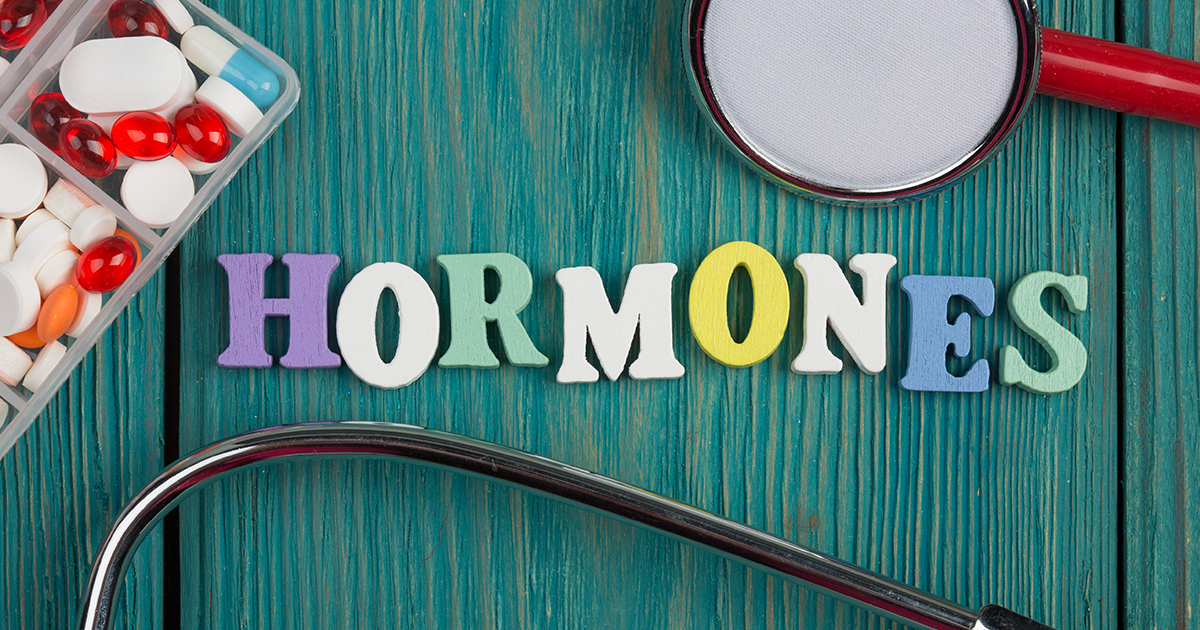Guide To Understanding The Pituitary Gland
The pituitary gland is a structure located at the base of the brain, which dictates and manages the functions of the majority of other endocrine glands throughout the body. The pituitary gland has been coined as the master gland because of its management abilities. The pituitary gland is protected and housed by the sella turcica or bony structure that does not leave much room for any expansion. The hypothalamus, the part of the brain that sits just above the pituitary gland, is what controls its function. The hypothalamus works similar to a meter or monitor to detect abnormalities the levels of the hormones the pituitary gland produces. The hypothalamus is physically connected to the pituitary gland by a strong bundle of nerve projections and blood vessels. The hypothalamus communicates with the pituitary gland by sending hormones into connecting blood vessels, and through nerve impulses that bridge the structures together.
Learn all about the pituitary gland now.
Structure And Anatomy

The pituitary gland is shaped like an oval and measures approximately one centimeter in diameter. It typically weighs around half a gram and contains two major parts. The first part is a large region referred to as the anterior lobe, and the second, smaller part, is called the posterior lobe. The anterior lobe of the pituitary gland contains several types of cells that produce different hormones responsible for regulating other glands throughout the body. The posterior lobe of the pituitary gland contains cells that do not actually produce hormones, but store hormones after they have been produced in the hypothalamus until they are ready to be released. The pituitary gland is located in a lower chamber of the brain referred to as the sella turcica. The optic chiasm and optic nerves are located just above the pituitary gland, and the cavernous sinus is located on both sides of the pituitary gland. The blood vessels that carry blood to the brain or the carotid arteries run through the cavernous sinus, as well as the nerves that control facial sensation and eye movements.
Learn more about the function of the pituitary gland now.
Function Of The Pituitary Gland

Without the pituitary gland, the body would be unable to grow properly, reproduce, and perform numerous other critical functions. The pituitary gland has two primary functions associated with the two different components it comprises. The anterior lobe or frontal lobe of the pituitary gland is responsible for producing several types of hormones, including growth hormone, adrenocorticotropic hormone, luteinizing hormone, endorphins, thyroid-stimulating hormone, follicle-stimulating hormone, prolactin, enkephalins, and bet-melanocyte-stimulating hormone. The frontal lobe of the pituitary takes up around eighty percent of its total weight. The posterior lobe of the pituitary gland is responsible for holding onto vasopressin and oxytocin produced by the hypothalamus until they are needed. The pituitary gland mainly influences the actions of the adrenal gland, ovaries, testicles, and thyroid gland. Although the actions of the pituitary gland control these other glands, the hypothalamus is what sends hormones to the pituitary gland that tells it what to do and when to do it.
Get more details regarding the hormones the pituitary gland produces next.
